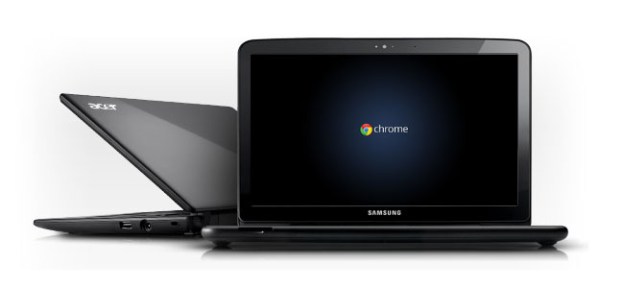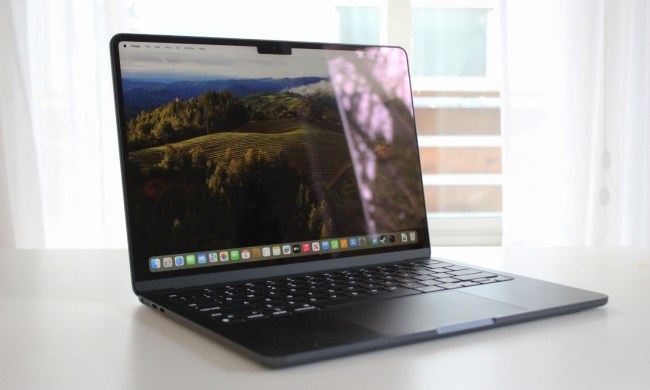 Google has been working with public libraries recently in order to circulate its Chromebook concept. At least three libraries have been working towards lending out Chromebooks to patrons for a period of time.
Google has been working with public libraries recently in order to circulate its Chromebook concept. At least three libraries have been working towards lending out Chromebooks to patrons for a period of time.
Most notably, the Palo Alto, California Library will begin making Chromebooks available for loan in January; patrons will be able to check-out the Google devices for up to one week. The pilot project is a first-of-its-kind, though the library had previously made Windows laptops as well as Chromebooks available to patrons in the Downtown, Main and Mitchell Park libraries for two-hour checkouts with library cards.
Along with Palo Alto, September brought Chromebooks to New Jersey’s Hillsborough Library where patrons were allowed to use the netbooks for four-hour time slots, with an additional two-hour renewal period. Also, Wired points out the Multnomah County Library has been testing 10 Chromebooks at five libraries in Portland, Oregon, though patron’s access has been limited and supervised.
Google got in touch with the library a few months ago, and Palo Alto tested out 21 of the devices over a month’s time before deciding on its upcoming January lending program. “A whole new kind of computer,” says the Chromebook terminal sign. The library’s program aims to highlight how the devices are perfect for sharing, as Chromebooks cloud allows user’s to make each device their own once logged-in.
However, Palo Alto patrons still shy away from the novelty of Google’s laptops, gravitating instead to the more comfortable Windows devices. A senior librarian pointed out that the typical response to Chromebooks would be, “that was pretty cool. I wish I could do word processing with that.” The library itself has had a hard time acclimating itself to the devices, finding problems getting Chromebooks to print on the pay-to-print system.
Aside from the libraries, Google has been doing its best to get its product into consumer hands through the Chrome Zone, as well as pilot programs like the one for Virgin America fliers where Chromebooks get handed out for the duration of a flight.



